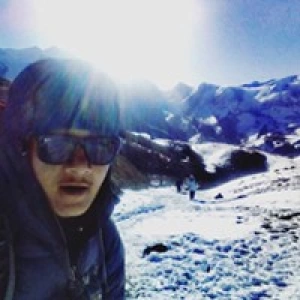Overview
Mera Peak, at an elevation of 6476 meters, is the highest trekking peak in the Mount Everest region, making it undoubtedly one of the Best Trekking Peaks in Nepal Himalaya. If you have already done high-altitude trekking and managed well, then Mera Peak Climbing is your next perfect adventure. Mera Peak attracts both beginners and experienced climbers. While it is more popular among novices, professionals also climb it. However, they tend to pick more challenging peaks like Ama Dablam, Baruntse Expedition, Himlung Himal Expedition and other demanding peaks. The challenge is very much about stamina and endurance, as no technical skills are needed to complete the climb. It is definitely worth the effort!
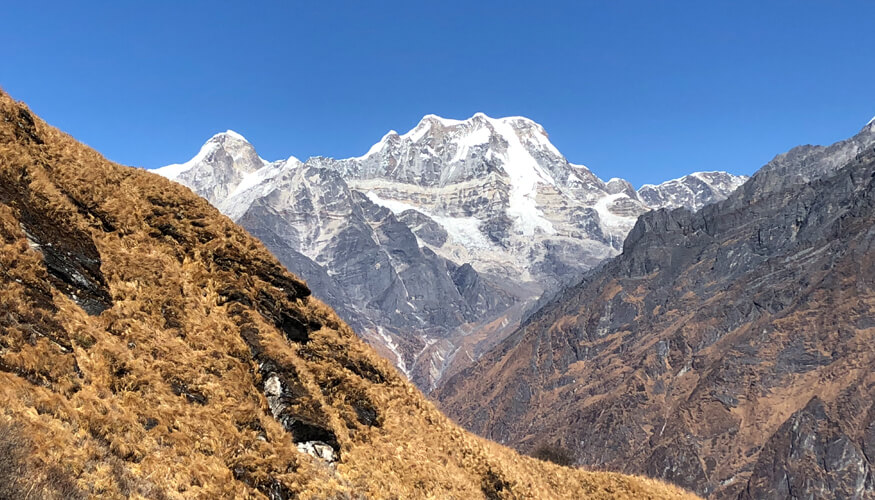
The difficulty level of climbing Mera Peak depends on several factors, including preparation, planning, and weather conditions. Therefore, planning your trip carefully and choosing the best season for climbing is essential. Here are some facts about the weather and climate around Mera Peak to help you choose the best time to climb the highest peak in Everest Region.
Seasons during Mera Peak Climbing
Mera Peak is located at the edge of the Khumbu region, which has a changeable climate. Like other regions of Nepal, Mera Peak has four distinct seasons due to its varied landscape and altitude: Spring, Summer (monsoon), Autumn (fall), and Winter. The characteristics of these seasons are the same throughout Nepal, regardless of the geographical variations. Autumn and spring are the ideal seasons to climb Mera Peak; each season lasts around three months.
The weather in this region changes frequently, bringing new seasons. Each season brings with it different temperatures, visibility, and challenges. Therefore, it is crucial to be aware of Mera Peak's seasons before climbing it.
Mera Peak Climbing in Autumn Season (September – November)
Autumn is the safest and most popular trekking season in Nepal. It runs from September to November and is the best time to climb Mera Peak and other popular peaks like Island Peak, Lobuche Peak, and other neighbouring peaks. The weather is pleasant and stable during this time, with clear skies and low rainfall. The trails are also less crowded than in other seasons. In addition to Mera Peak, there are many other popular trekking destinations in Nepal during autumn, such as the Annapurna Circuit, Everest Base Camp, and Langtang Valley.
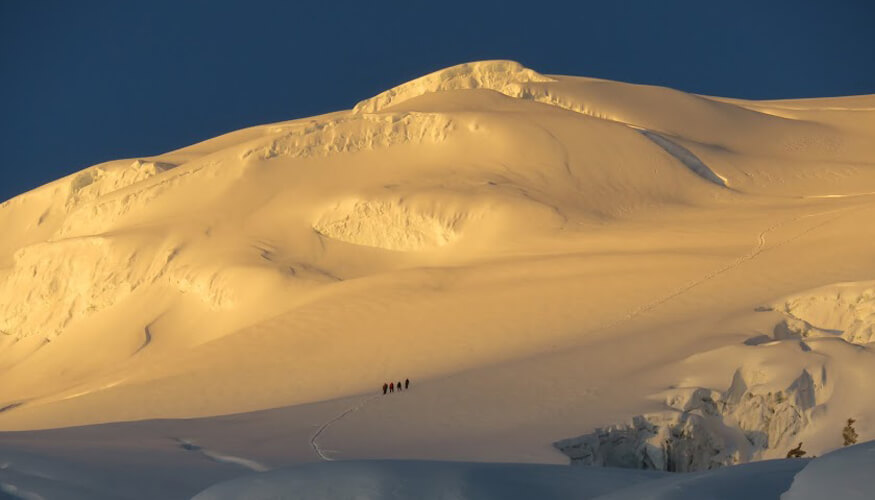
Within autumn, October is considered as the best month to climb Mera Peak because of the clear weather conditions, perfect vistas of sunrise and sunset, and stable temperature. One will be treated to stunning views of the Himalayas, including Mount Everest, Kanchenjunga, Lhotse, Cho Oyu, Makalu, and Nuptse.
Mera Peak Climbing in Spring Season (March to May)
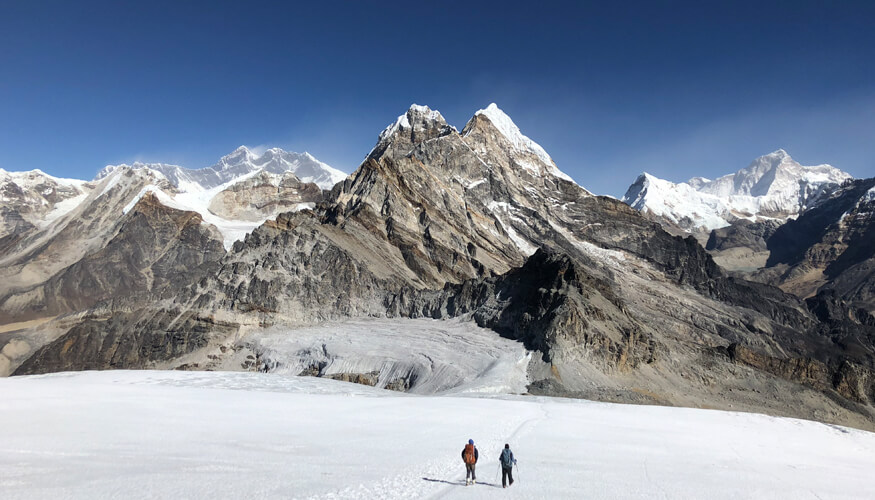
Following autumn, the Spring season is the ideal time for climbing Mera Peak in Nepal Himalayas. The traits and features of Spring are similar to autumn, as the weather will be stable and dry. The temperature also remains warm enough for climbing safely. In addition, the blooming rhododendrons and other green vegetation make the atmosphere best for climbing Mera Peak in Spring. If you want to enjoy the best of spring weather, April is the best month to climb. The days are longer and brighter, with no rainfall or snowfall. This will make your climb more enjoyable and help you to get clear views of the surrounding mountains and terrain.
The weather in March can be unpredictable, with cold temperatures in the early weeks and the possibility of rain showers in late May. Therefore, it is important to pack warm clothing and rain gear regardless of the time of year you choose to climb Mera Peak.
Mera Peak Climbing in Winter Season (December to February)
Winter season in Nepal remains throughout December, January and February. In the crisp and cold month of December, the views of the mountains are crystal clear, and there are fewer trekkers around. Climbing Mera Peak in winter is challenging for novice climbers, but it is possible if you are properly prepared. The best winter months to climb Mera Peak are early December and late February when the weather is driest and coldest. However, even during these months, the conditions can be harsh, so it is important to have good fitness and experience.
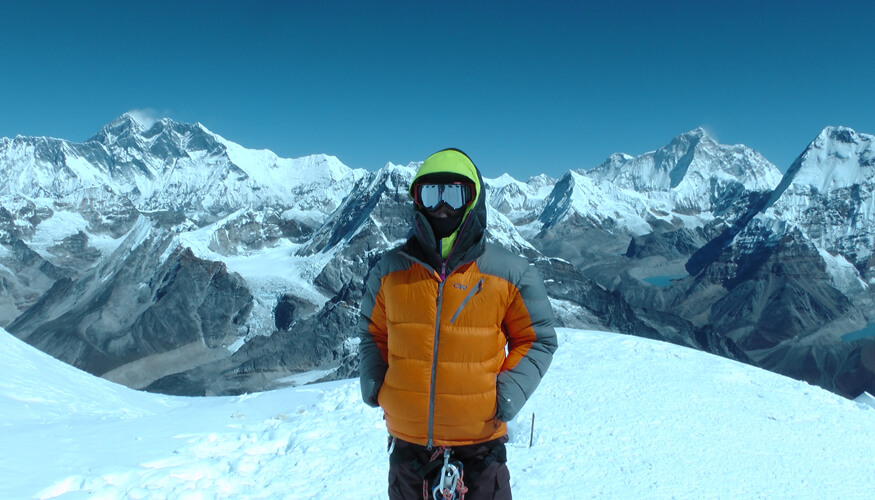
With proper clothing, acclimatization and an experienced Sherpa team, the winter season (December to February) can be considered for Mera Peak climbing in Nepal. If you are a travel lover, winter should not stop you from climbing peaks in Nepal. Some climbers even prefer to go for the Mera Peak expedition in winter, as the weather is dry and cold, with no rainfall. This means that the trails are smooth, and the views of the mountains are clearer.
Mera Peak Climbing in Monsoon Season (June to August)
The monsoon season, which runs from June to August, brings heavy rainfall and high humidity to the Mera Peak region. This can make the trails muddy and slippery, increasing the risk of falls and injuries. Finally, the monsoon season can also bring landslides and floods, blocking trails and making travel dangerous.
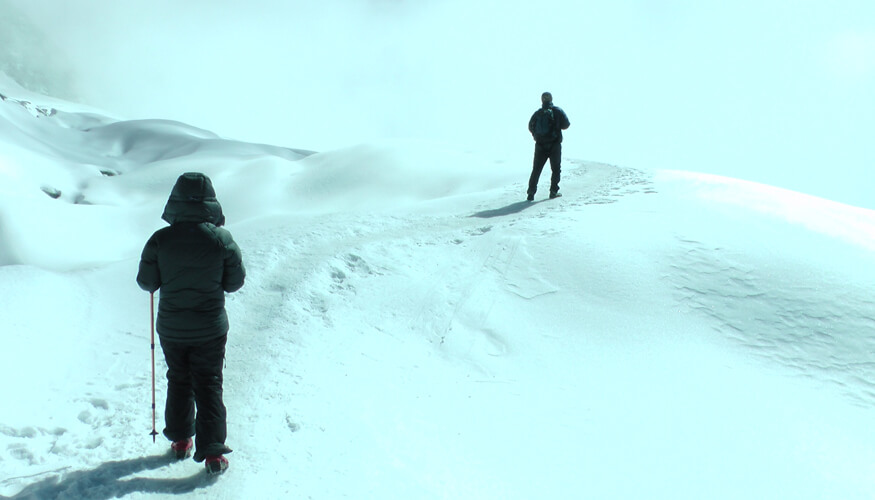
Since the trails are muddy and slippery at lower elevations and loose rocks and snowfall above 3500 meters during monsoon, there are better times for considering the Mera Peak climb. It is best to do so during the dry season, which runs from September to May. The trails are drier and more stable during this time, and the leech activity is lower. You will also have a better chance of getting clear views of the surrounding mountains.
Weather during Mera Peak Climbing
The weather in Mera Peak region and other Himalayan vistas is very changeable and can be extreme, even during summer. The peak is located at an altitude of 6,476 meters (21,246 feet), which means that the temperature will be much colder than at lower altitudes. Expect to experience a wide range of temperatures throughout the journey, with the minimum temperature dropping below -20 degrees Celsius (-4 degrees Fahrenheit) and the maximum temperature rarely reaching above 10 degrees Celsius (50 degrees Fahrenheit).
The strong and dry winds that are common in the region can also make the temperature feel even colder. It is important to be prepared for all weather conditions when climbing Mera Peak and gear accordingly. Here is a table of the minimum and maximum temperatures for each month in Mera Peak.
Months | Min. Temperature (°C) | Max. Temperature (°C) |
January | -20°C | -4°C |
February | -20°C | -4°C |
March | -15°C | -1°C |
April | -10°C | 5°C |
May | -5°C | 10°C |
June | 2°C | 15°C |
July | 5°C | 15°C |
August | 5°C | 17°C |
September | -1°C | 12°C |
October | -7°C | 8°C |
November | -12°C | 1°C |
December | -15°C | -3°C |
Note: When planning a trip to a mountainous region, being aware of the unpredictable weather is essential. Check the forecast for the next few days and hire a knowledgeable and Experienced Guide.
Climate during Mera Peak Climbing
The climate of the Mera Peak climb varies dramatically, from the humid subtropical climate of the lower elevations to the continuous snow of the higher altitudes. The Himalayan region begins as the ridges rise above 3,500 meters and continue into the subalpine and alpine zones of Mera Peak. These areas are typically snow-covered and are the coldest parts of Nepal all year. The Mera Peak region has a significant impact on the climate of the entire country as well as the Indian subcontinent.
During the winter, the vast Himalayan range blocks cold air from Inner Asia from entering Nepal, resulting in a relatively dry winter in Mera Peak. The subalpine zone can have up to 230 days of frost, but the alpine zone has frost cover for most of the year. As you ascend Mera Peak, you will pass through various climates. Understanding these climates lets you choose the best time to climb Mera Peak. Here are the different climates you will experience on your Mera Peak expedition.
Climate | Altitude |
Temperate Climate | 1200m – 2100m |
Tundra Climate | 2100m – 3300m |
Sub Polar Climate | 3300m – 5000m |
Arctic Climate | Above 5000m |

